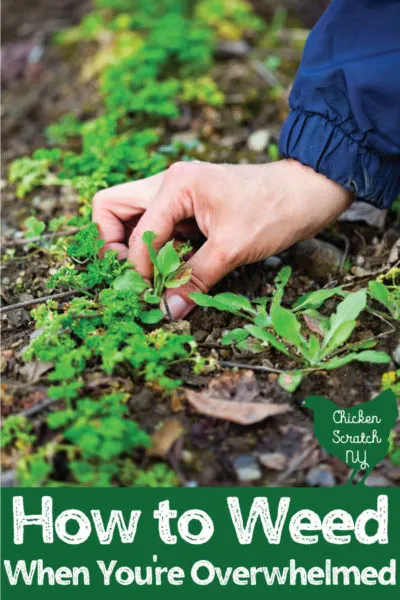Summer may be the time of the vegetable garden but with a little planning, you can keep it going through the fall. Planting a fall vegetable garden isn’t hard but it does require some unique knowledge if you want to succeed.

Growing a vegetable garden, in general, has a variety of obstacles and when you’re doing it outside the typical growing season the obstacles are a bit different.
Timing for Fall Vegetable Crops
Getting your timing right is hands down the hardest part of growing vegetables in the fall. The first thing you need to do is check the packet for the days to maturity.
But you can’t stop there! As we move farther from June and the summer solstice the days get shorter and as a result, plants take longer to grow.
A good place to start for timing a fall vegetable garden is adding 10 days to the days to maturity. Then you need to figure out your average first frost date and count backward that many days.
Depending on where you live that might mean starting plants in August or even July.
Just like the first last date we all plan out gardens around in the spring, the last frost date is pretty much a guess based on previous years. You might have an early frost that ruins your plans or a late frost that gives you extra time with your sensitive crops.
Read more about Why Your Growing Zone Doesn’t Matter in the Vegetable Garden
Frost Protection
Speaking of frost, dealing with it in the fall is a bit different than in the springtime. Plants in the spring grow up chilly (much like my sister and me in a house with a mother that figured 55 was warm enough) and as a result, are adapted to cooler temps and handle frost like champs.
Plants started in the summer don’t have that built-in cold tolerance and are more likely to struggle with frost and cold temperatures. Where I live we usually have a sneaky, early frost followed by weeks of warm beautiful weather.
The secret to getting your slightly-tender plants past that frost is covering them up. The old school method was bed sheets, and I’ll admit I’ve done that in a pinch!
But today there are lots of options for floating row cover, an agricultural fabric used to hold in warmth and protect plants. There are different weights, you’ll need to check the info on the product and pick one that works in your specific situation.
Make sure the row cover you’re buying is intended for frost protection, there are very light row covers that are meant to protect from insects without overheating the plants and they won’t offer much protection from frost.
Succession Planting
Succession planting is a method of staggering your crops so instead of having one giant, overwhelming harvest it’s spread out over time. If you’ve been succession planting all year you’ve probably already got your fall garden started and you just didn’t know it!

Succession planting is most often used for vegetables with a shorter growing season, like bush beans or beets, where your growing season is long enough to offer flexibility in planting.
If you check the back of a seed packet and it says something like ‘plant every 2 weeks until August’ that’s setting you up for succession planting. It’s also setting you up for a fall garden!
Check out Quick Crops for a Fall Harvest
Fall Vegetable Transplants
Right now it seems like everyone is in some kind of heat wave and/or drought. I’m sure I don’t need to tell you why those things are bad in general or for a garden.
A lot of the vegetables we grow that thrive in the cool spring and fall weather are absolutely wrecked by the heat. Things get tricky when you’re trying to grow a fall crop of broccoli but in order to get the plants to harvest size, you need to plant them in a heat wave.
Your best bet is to start them in trays for transplanting. A few years ago I bought professional greenhouse quality plug trays and I can honestly say they were worth every penny.

In mid-July I start a tray with all the broccoli, kale, and cabbage I need and fill in the rest with whatever random lettuce or greens I have on hand. Once the seedlings have popped up I move the tray to the outdoors where I can move it around depending on the weather.
During these 90+ degree days I’ve had it mostly in the shade with a lot of water. When the weather is more agreeable I move them out into the sun.
No matter where they are the plants are still getting the jostle of a breeze for sturdy stems and exposure to a variety of temperatures. And I don’t have to go through the tedious (ok it’s not that bad) hardening off process when it’s time to finally plant them in the garden.
I’m a pretty lazy gardener and on the surface, babysitting a tray of seedlings might seem like making more work for myself, but it stops me from needing to carry water out to the garden 2x a day and it lets me keep the garden space that these plants will eventually take over filled with other plants for a month.
Check out my Vegetable Garden page for more ideas or start here:



